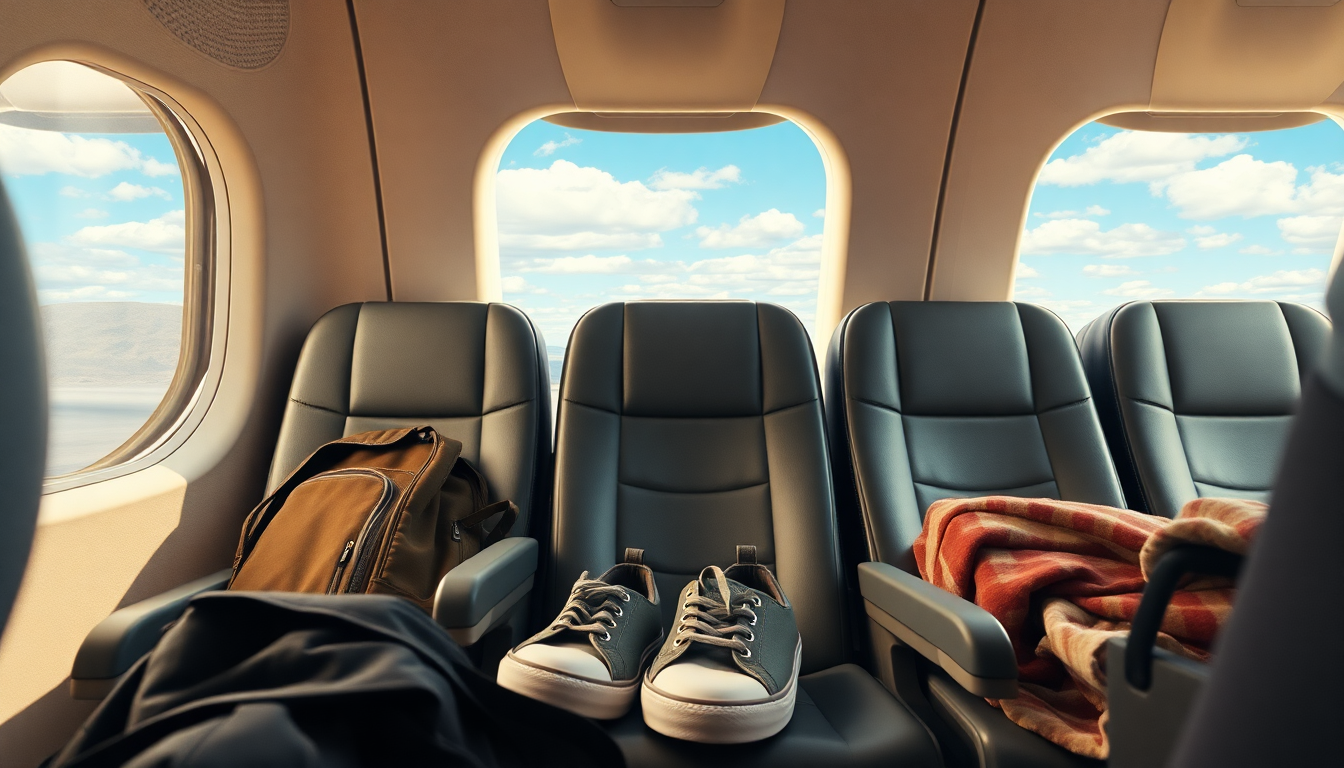Table of Contents
As air travel continues to evolve, so do the unwritten rules of airline etiquette. Recently, a family’s strategic claim to an empty row on a flight ignited a lively debate about what constitutes acceptable behavior while traveling. Does this incident reveal a shift in how we view seating etiquette, particularly among younger generations who seem to prioritize personal comfort and experience over traditional norms?
Rethinking Airline Seating Behavior
The dynamics of airline seating are undergoing a transformation, especially with social media amplifying individual experiences. Travelers today are more vocal about their preferences, leading to an increasing trend where some passengers feel entitled to utilize empty seats, even if those seats weren’t originally assigned to them. But what does this mean for the core principles of courtesy and respect in shared spaces?
For many seasoned travelers, the mantra of ‘first come, first served’ has always been a guiding principle. However, younger flyers, especially those from Gen Z, are challenging this idea. They often opt to pay for drinks one at a time and claim empty rows as a tactical maneuver to enhance their flight experience. While this behavior may frustrate some, it reflects a broader societal shift towards individualism and instant gratification.
Airlines have taken notice of these changing tides and are beginning to adapt their policies to meet the evolving expectations of their customers. Understanding these trends is not just beneficial for travelers; it can also lead to improved customer satisfaction and more harmonious travel experiences.
Generational Differences in Travel Etiquette
The differences in how various generations approach travel etiquette are striking. Older generations often adhere to a more traditional set of rules, valuing the social contract that comes with sharing space with strangers. In contrast, younger travelers tend to prioritize personal comfort, sometimes leading to behaviors perceived as inconsiderate. But is this shift really a breach of etiquette, or just a new way of enjoying travel?
As airlines grapple with these implications, it’s crucial to examine how these generational differences impact overall travel experiences. Younger travelers may argue that their approach enhances their enjoyment, while older generations might see it as a breach of etiquette. This ongoing dialogue highlights the need for airlines to strike a balance between accommodating individual preferences and fostering a respectful communal environment.
Moreover, airlines face the challenge of managing these varied expectations, requiring a nuanced understanding of customer behavior. By encouraging open conversations about etiquette and expectations, airlines can create a more inclusive atmosphere that respects the comfort of all passengers.
Looking Ahead: Future Trends in Airline Travel
The future of airline travel will undoubtedly be shaped by the ongoing evolution of social norms and expectations. As travel becomes more accessible and diverse, airlines must remain agile, adapting to the preferences of a broader audience. So, how can they effectively navigate these changes?
We also can’t overlook the role of technology in shaping travel experiences. With mobile apps and digital platforms on the rise, travelers can easily share their experiences and preferences, influencing the behaviors of others. This interconnectedness will continue to play a significant role in shaping airline policies and practices.
In conclusion, as we look ahead, it’s clear that the conversation surrounding airline seating etiquette is far from over. By fostering an environment of mutual respect and understanding, both travelers and airlines can collaborate to create more enjoyable and harmonious flying experiences. So, what do you think? Are we witnessing the birth of a new travel etiquette?


